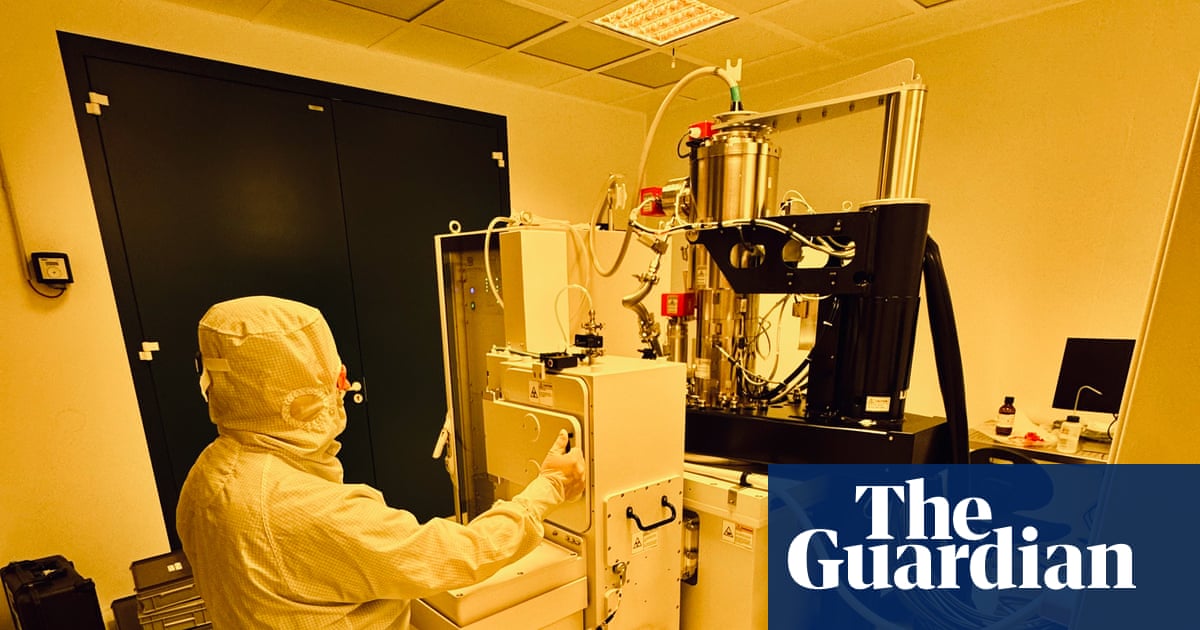
"In the UK, a graphene-enhanced, low-carbon concrete was laid at a Northumbrian Water site in July, developed by the Graphene Engineering Innovation Centre (GEIC) at the University of Manchester and Cemex UK. The material when it came out of academia was hyped to death but the challenge is going from lab to fab, says Ben Jensen, the chief executive of 2D Photonics, a startup spun out from the University of Cambridge that makes graphene-based photonic technology for datacentres."
"Jensen also invented Vantablack coatings, made of carbon nanotubes rolled-up sheets of graphene and known as the world's blackest black because it absorbs 99.96% of light, at the UK company Surrey NanoSystems that he founded in 2007. The material's artistic rights were sold exclusively to the sculptor Anish Kapoor, and BMW used it on its X6 coupe to create the blackest black car six years ago."
"This is the challenge when you have new materials trying to displace an incumbent technology, Jensen says. The value proposition must be extremely good, but there also must be a way to manufacture the material and manufacture it at scale for the application then you have to meet price expectations because there's no point in delivering something that's costing 10 times more than the incumbent."
Graphene was first produced at the University of Manchester in 2004 and is a one-atom-thick latticed sheet of carbon with exceptional strength and conductivity. Extracted from graphite, graphene conducts heat and electricity and has applications in microchips and construction. China is the world's largest producer and uses graphene to advance chip production and construction sectors. In the UK, a graphene-enhanced low-carbon concrete was used at a Northumbrian Water site, developed by the Graphene Engineering Innovation Centre and Cemex UK. Startups such as 2D Photonics pursue graphene-based photonic technologies, while commercialization faces obstacles in scaling manufacturing and meeting price expectations. High-profile innovations such as Vantablack demonstrate unique uses but also highlight challenges in displacing incumbent technologies.
Read at www.theguardian.com
Unable to calculate read time
Collection
[
|
...
]